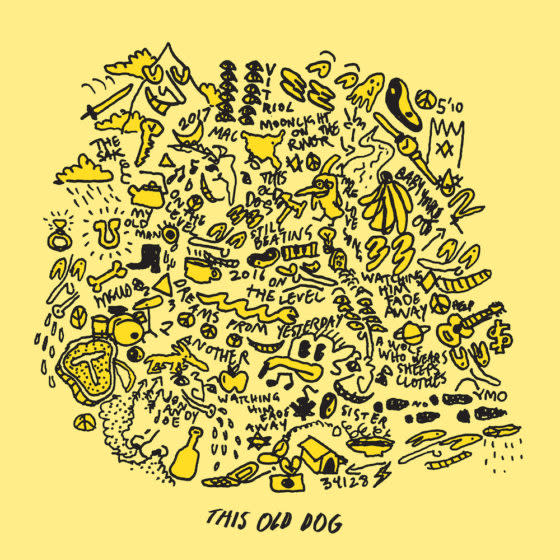Macs are the only computers that allow you to run Mac OS X Lion Server (or any OS X flavor) along with Windows and Linux. Virtual machines on non-Apple PCs can’t run Mac OS X. Apple doesn’t permit running Mac OS X on non-Apple hardware in its user license agreement, so the virtualization software makers don’t enable it.


Imagine a Mac running two virtual machines — Lion Server and Windows 7. Both are running on a Mac OS X host. In each virtual machine window, you can control that operating system as you normally would run applications, configure settings, and access the Internet.
- 37 Full PDFs related to this paper. Research Methods in the Social Sciences.
- This is the virtual disk to be installed macOS. Click Next and then Finish. Step Five: Run you Mac OS Virtual Machine with VMDK or ISO file. Run Mac OS Mojave 10.14 on Windows PC using VMware. After successfully creating an Apple Mac OS Virtual Machine, you need to run the machine with an actual Mac OS file such as Mac OS Mojave 10.14 ISO file.
- Snow Leopard Server specifically allowed installation in a VM. Normal Lion and Mountain Lion also allow installation in the VM in the EULA. Parallels and VMWare both support installation of Mac OS X guest machines for those versions. The EULA only allows it if the VMs are running on Apple hardware.
Learn more about Virtual Desktops on Mac OSX. This works on iMac, Macbook, Macbook Pro, Macbook Air. The best part about virtual desktop on Mac is that it im.
When the virtual machine is a server, users on the network access it as they would any other server. If multiple virtual machines run on a server Mac, the users see each as a separate server.
2.social Mediamr. Mac's Virtual Existence Key
For the latest news, tips, and troubleshooting information about running virtual machines on Macs, visit MacWindows.


With virtualization, there’s a host operating system (OS) and one or more guest OSes. The host OS (for instance, Mac OS X or Mac OS X Server) boots the real computer. On a Mac, a guest OS can be Mac OS X, Windows, Linux, or Unix.
Each guest OS runs in a virtual machine, which is a kind of a virtual reality for the guest OS. The guest OS thinks it’s running on a real computer. Although real hardware’s behind the scenes, the guest OS doesn’t have direct control over the hard drive, graphics, and other hardware: These pieces of hardware are virtualized in the virtual machine.
For example, a virtual machine’s hard drive (the boot drive) is actually a file on the host Mac. This file can be dozens of gigabytes, containing the complete guest operating system and its applications, settings, and documents.
The virtual hard drive file is stored on the Mac’s real hard drive, but the guest OS doesn’t control the entire drive. The virtualization software creates the virtual machine and keeps the guest OS believing that it’s living in a real computer — kind of like The Matrix, but without Keanu Reeves.

2.social Mediamr. Mac's Virtual Existence Server
Another type of virtualization software runs directly on “bare metal,” which means it doesn’t use a host OS. To picture it, remove the Mac OS X host and the Mac applications. Eliminating the host OS decreases the complexity and uses less RAM and processing power.
